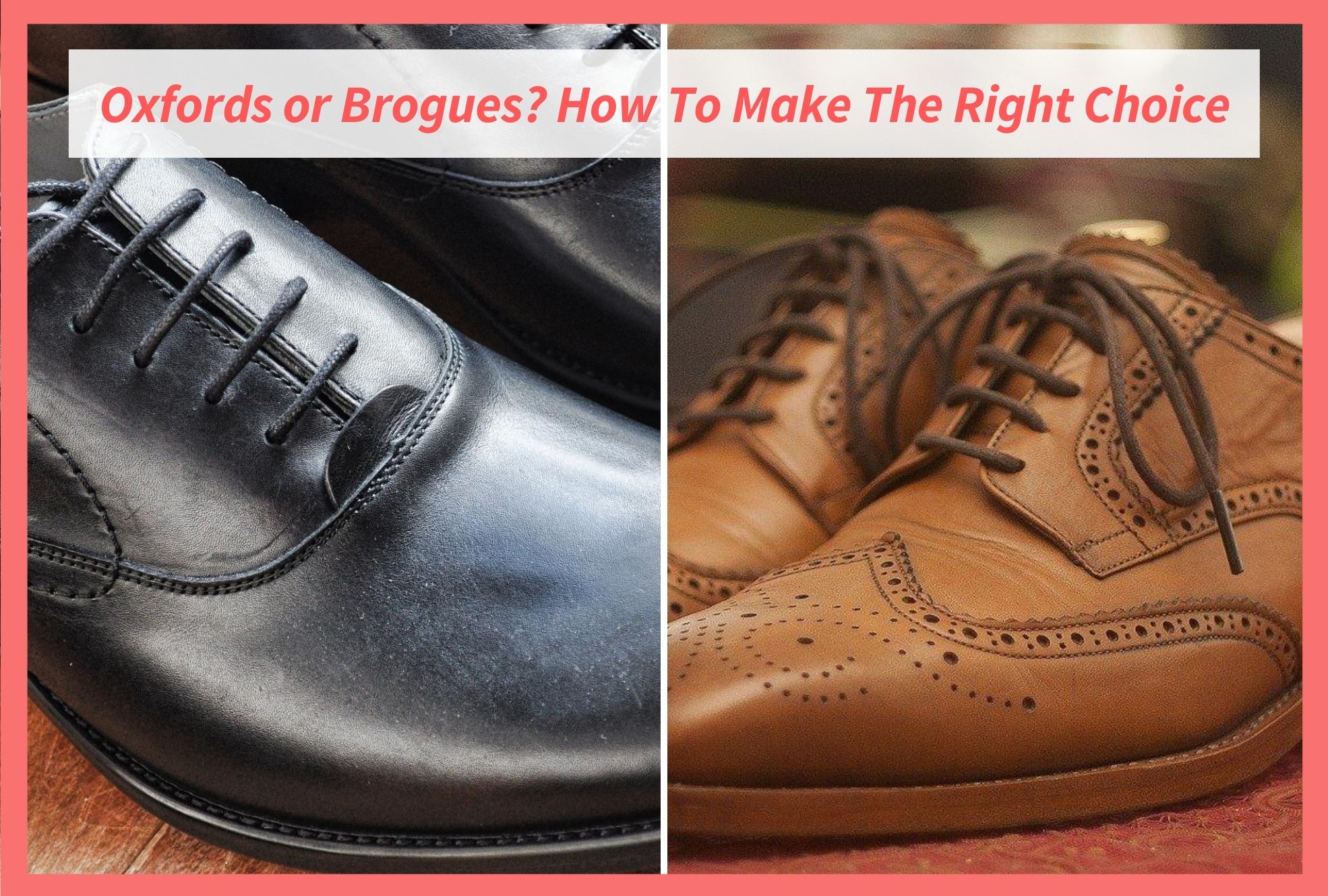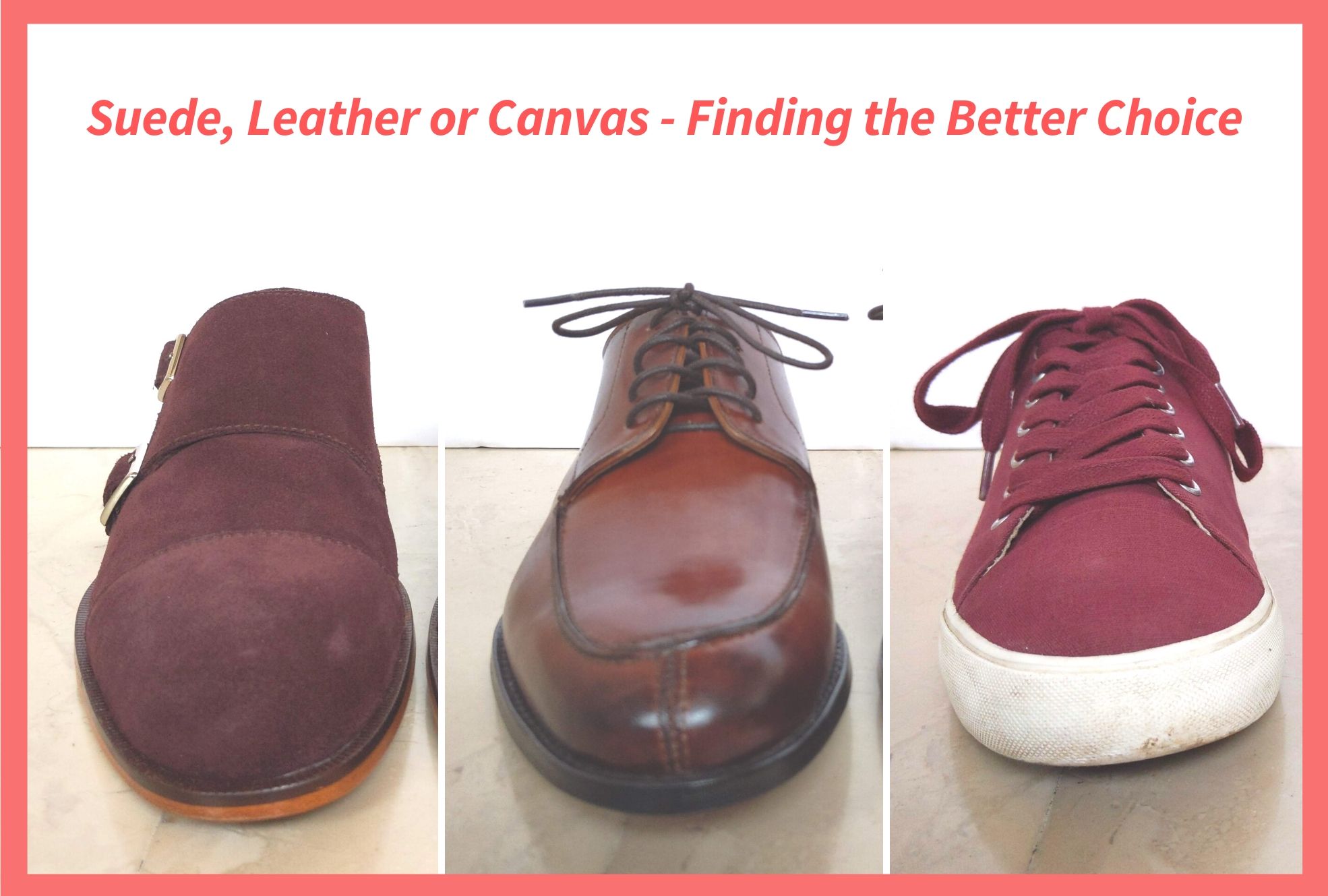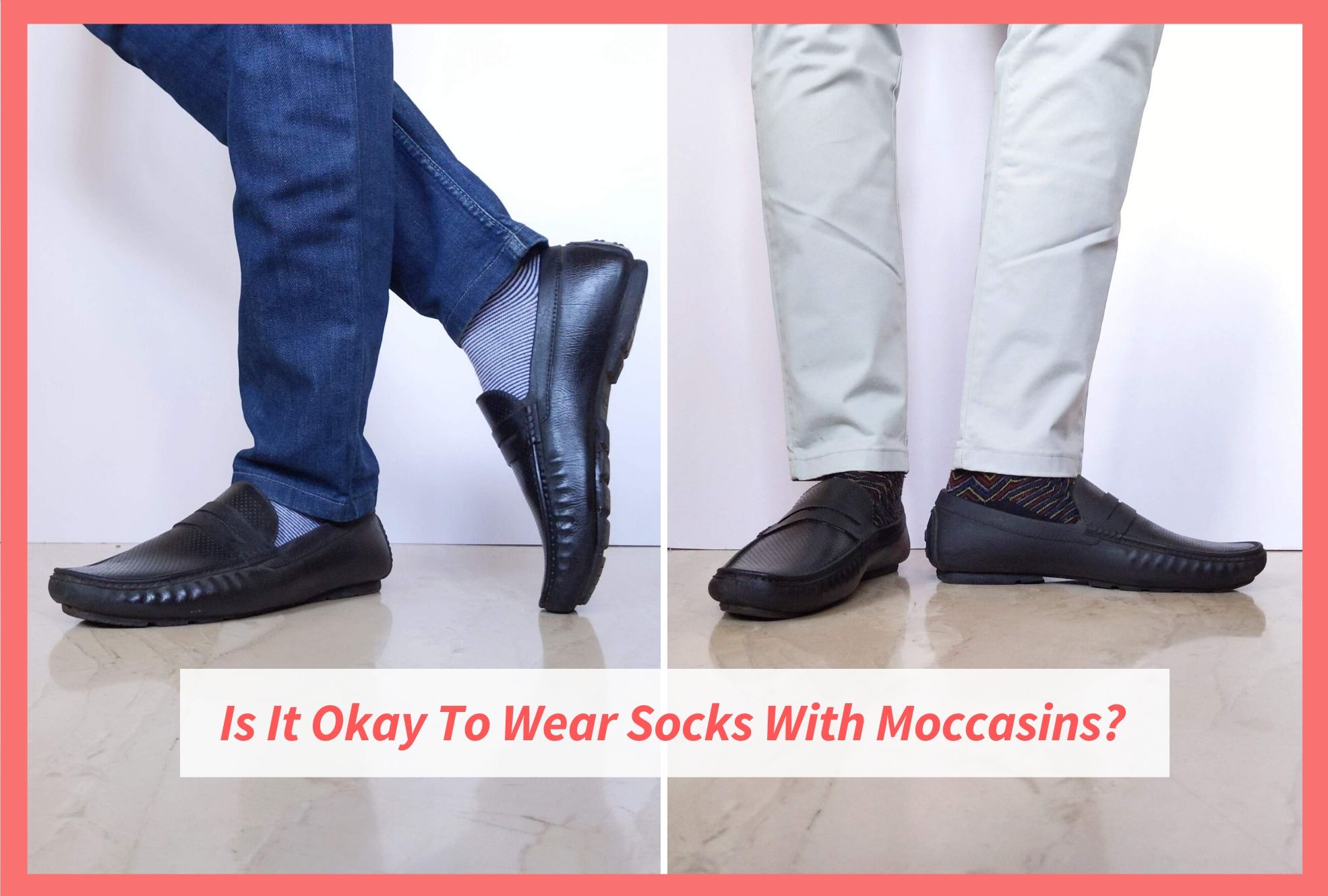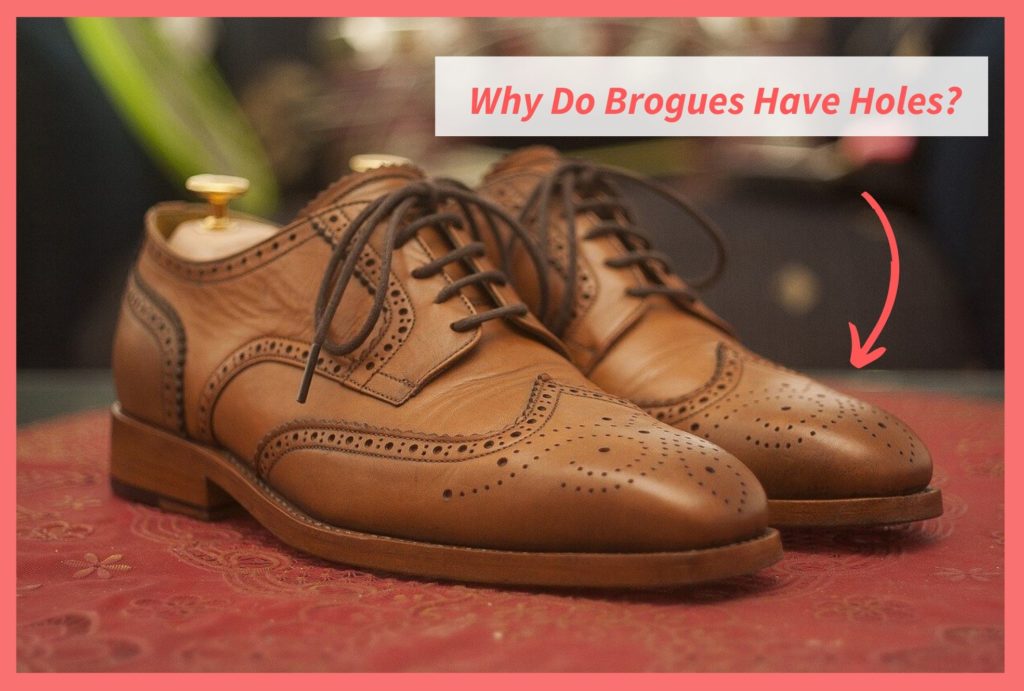
Do you remember when you innocently thought something about a particular thing and later it turned out to be completely different? There was a time I used to group all leather shoes at the same level of formality. If it is leather, I can wear it to work and I can wear it to a wedding, right? Little did I know all the nuances about dress shoes. And the day I came across brogues – wow! My misconceptions were smashed right out of the park. Regular formal shoe styles become not as formal when you decorate them with beautiful patterns of ‘holes’ – what are you saying?! Well, these holes intrigued me, so I decided to have a closer look
Brogues are not a style of shoe but rather a decoration, so the term can be generally applied across many shoe styles. Brogueing refers to the intricate pattern of holes that are embossed into the leather along the seams and/or on the toebox while making the shoe. The holes of today’s brogue shoes merely have an aesthetic purpose, but that was not always a case. These holes have humble beginnings, and there was a time where they were strictly functional. They were meant to drain out water from the shoes to keep feet dry and airy, as the original wearers of the shoes often walked on muddy lands. History has been kind to such shoes though, eventually evolving and rising to popularity in men’s shoes
This interesting evolution of brogue perforations from functional to aesthetic is just what we’ll be discussing in the rest of the article. There’s also some brogue related style advice at the end, so I hope you stay on for the full ride 🙂
Humble Beginnings:
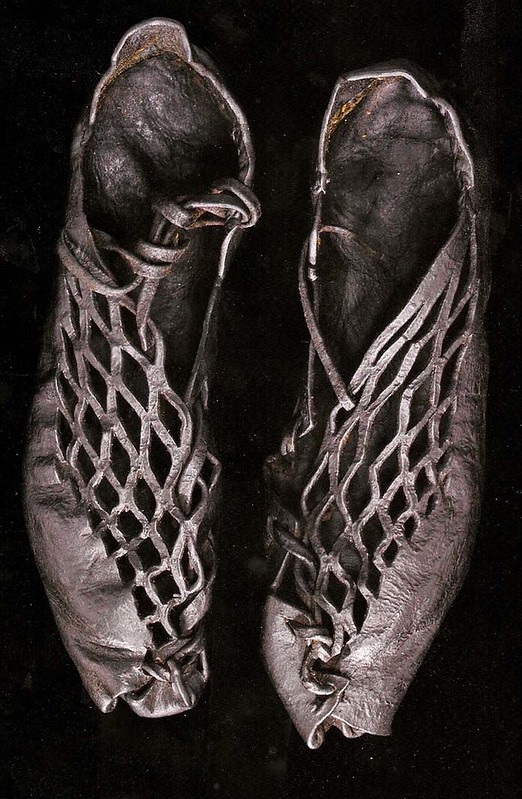
Photo from Flickr by Ikonstanski
The modern brogue has its origins in a primitive form of shoe made in Ireland in the 1800s. This raw shoe, called Cuaran, was made out from untanned or half tanned animal hide and had a series of holes and serrations on the leather used. The wearers of these shoes often walked and worked in marshy peat bogs of Ireland and Scotland; the holes allowed water to drain from the shoes. It would be a common question that if the holes drained out the water, wouldn’t they let in water too? Yes, it would, but then some protection is better than no protection. For the common men and women of that time who used these shoes, getting the feet wet would be expected given the lands they worked in. But closed off shoes would keep the water inside and leave them cold and tired. The holes at least provided a good drainage system for them to wear shoes instead of going barefoot
Why are Brogues called ‘Brogues’?
The English word ‘brogue’ is derived from the Irish word ‘bróg‘, Scottish ‘bròg‘, or the Old Norse ‘brók’ which translates to “leg-covering”. Brogue shoes started being called so only after they were adopted by the upper class for outdoor usage (as discussed in the next section). As mentioned earlier, the primitive animal hide shoes used by bog workers were instead called the Cuaran.
‘Brog’ was and is used in the Irish and Scottish language as a word for all kinds of shoes in general. The usage of the term can loosely have few other translations referring to the “accent of the people who wear the shoe” or the harsh perception of the Irish people that they “talked like they had a shoe in their mouths”
A Long Way from Bogs
To understand the transition of brogues, we must also talk about another type of shoes called the Ghillies. These shoes, partly also derived from the cuaran, resembled a bag of leather with no tongue (to help with faster drying) and long laces that had to be wrapped around the leg above the ankle. Lacing around the leg in this manner prevented them from getting dirty and stuck in the marsh.
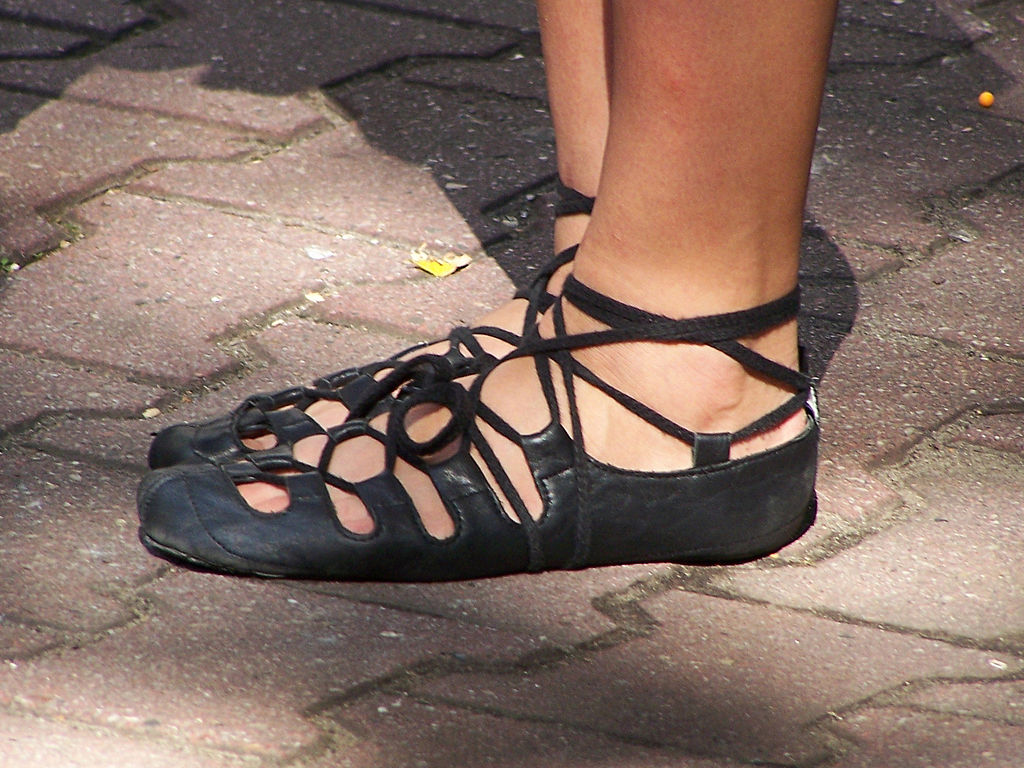
Photo from Wikimedia commons by Lestath
Later on, the upper-class landowners took interest in both these shoe styles – the cuaran and the ghillie – and merged them to make a new kind of sturdier shoes for outdoor use. As the style became associated with the upper-class, the holes and serrations started losing their functional use – the landowners certainly didn’t face muddy lands in their daily schedule. Because of its bog origins, this improved style was not considered appropriate for business or social occassions – it was strictly an outdoor country shoe.
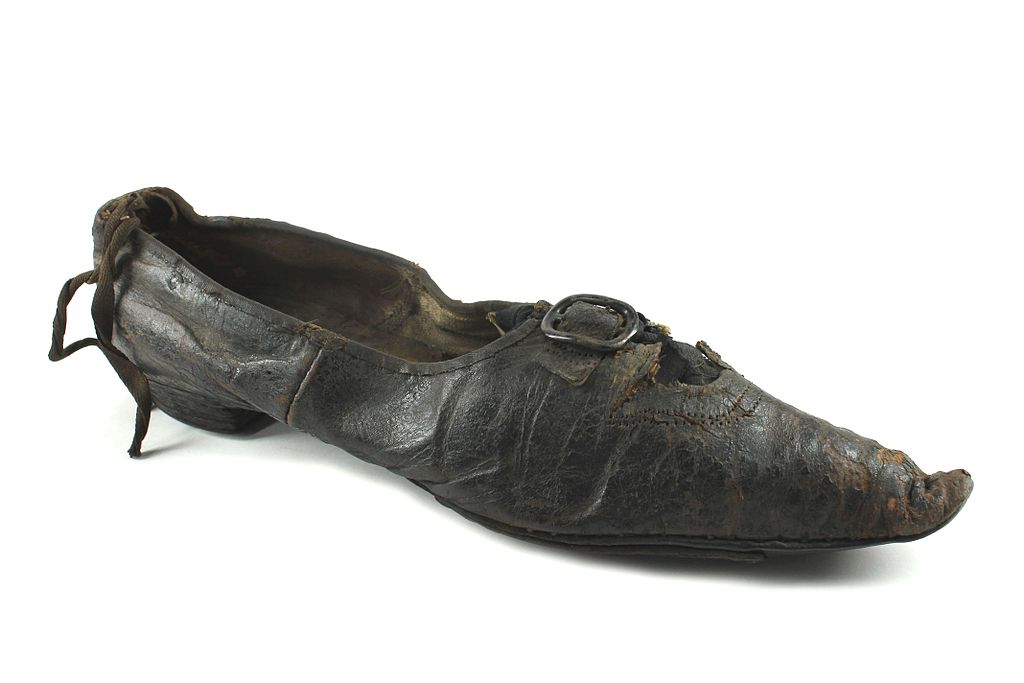
Photo from Wikimedia commons
It is unclear whether the bog workers still kept using the cuaran shoes at this point, or their designs evolved too.
Royal Connections:
It is said that Queen Victoria was responsible for bringing the brogues into the limelight. After buying the Balmoral castle in Scotland, special shoes were made for her to walk in the rugged Scottish countryside. These were most likely inspired by local shoe styles and refined to suit her needs. Later on, versions of these brogues with ornamental perforations or holes started getting popular around town.
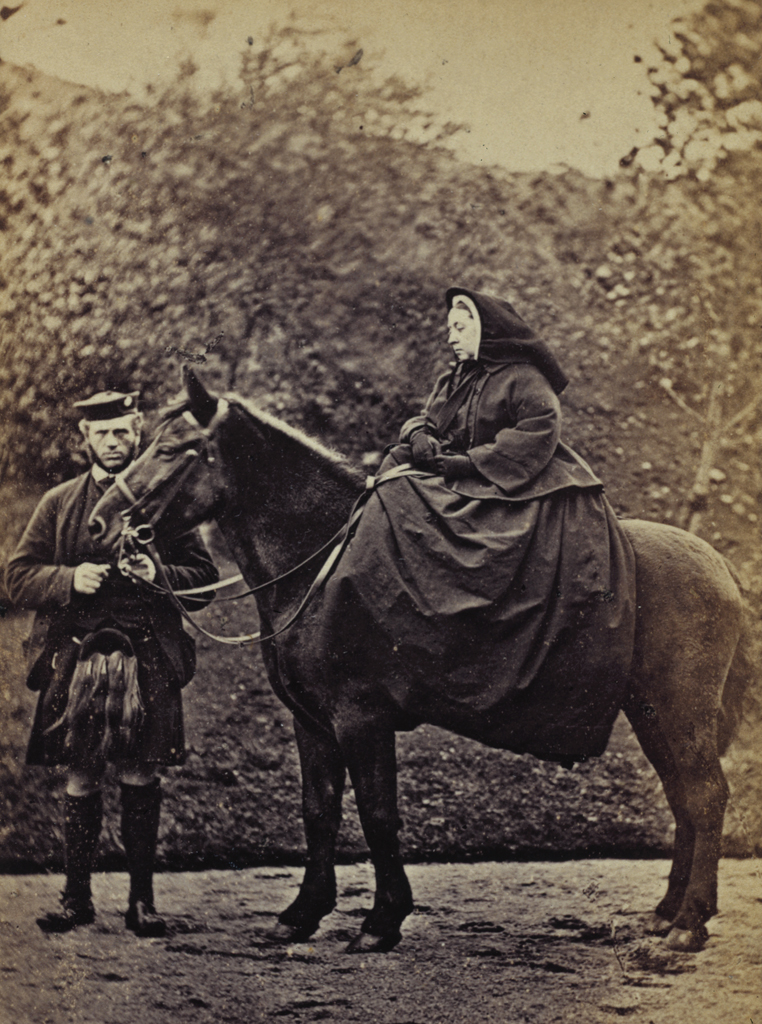
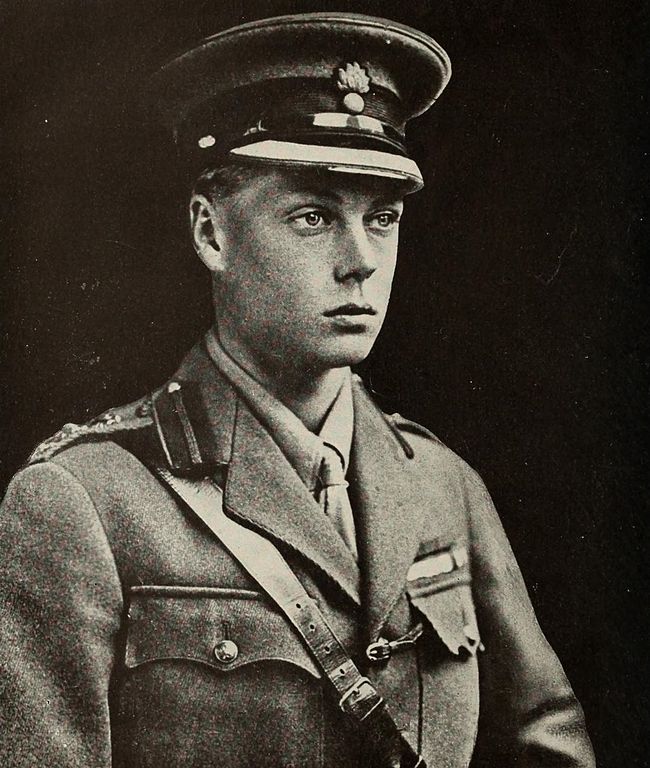
Photo from Wikimedia commons
The outdoor use kept on evolving thereafter, and the style soon became a part of women’s footwear. Their popularity increased further when the then Prince of Wales, Edward VIII, the great-grandson of Queen Victoria and a style icon, was seen wearing a two-toned version of brogues as a golfing shoe.
All About Jazz:
The era of Prince of Wales was also the age of jazz; the two-toned brogue shoes made famous by him attracted big jazz names from Fred Astaire, Gene Kelly to Rudolph Valentino. ‘Spectator’ shoes, as they were called, became the shoe of choice for their dance routines. This favored the brogues to enter into the wardrobes of fashion-conscious men.

Photo from Wikimedia commons
Rockin’ It Like Elvis:
The transition of brogues into mainstream fashion was completed by Elvis Presley, starring in the hit musical drama Jailhouse Rock wearing another variation of the two-toned brogues. After this, there was no going back – brogues became a big part of his on-stage appearances – and millions of brogues inspired by his shoes were made and sold globally. The brogue was finally considered appropriate wear for social as well as business occasions
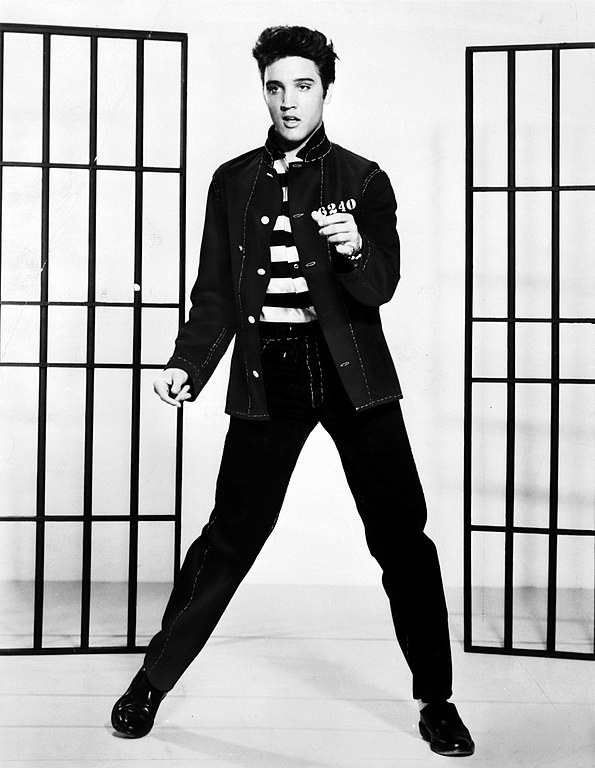
How To Wear Brogue Shoes:
While pairing brogue shoes with the rest of your outfits, it is important to know that more brogueing makes a shoe less formal, and vice versa.
Half brogues and quarter brogues i.e those without a decorative pattern in the toe region, are great in dark shades for formal wear and can be worn with full suits as well as dress pants
Wingtips or full brogues are much more casual, and so pair better with heavier pants like jeans or corduroy pants, or even casual chinos. They will also do well with a blazer or a sports coat
Summary:
Brogues have had a true rags-to-riches story, from the Irish bog workers to the wardrobes of stylish gentlemen all around the world. Even though the holes, perforations and serrations were originally meant to drain out water – the modern man today wouldn’t dream of wearing his expensive brogues in muddy lands. Brogueing, despite its transition from functional to aesthetic, has continued to attract us over the years – its popularity only strengthened by royal families, jazz icons, celebrities, and rock stars.
These beautiful shoes are timeless and classic, and you must have at least one pair of brogue shoes in your wardrobe. A pair of brown semi brogues will be versatile enough to go with your office wear, and you can dress them down with a pair of jeans for those casual occasions. Do keep in mind though that the greater the brogueing on a shoe, the more casual it is.
If someone raids my shoe closet, they’ll find most of my dress shoes with some kind of brogue detailing on them 😛 In fact, Brogues are what convinced me to buy my first nice pair of shoes – I instantly fell in love with the intricate detailing.
Do you have a favorite pair of brogue shoes? Tell me about them in the comments!
